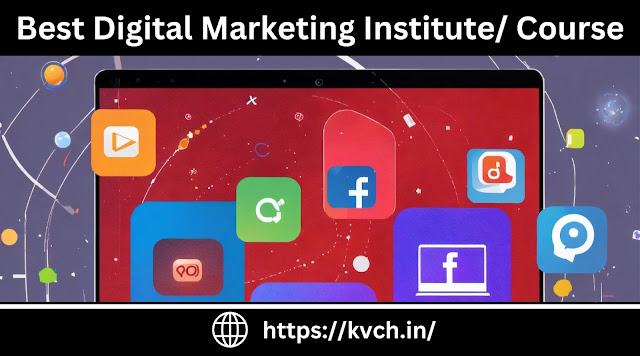How to Gain Advantage from an Full Stack Development Training Online Course
Introduction:
The importance of a Full Stack Developer has grown in the rapidly changing field of technology. Demand for experts in front-end and back-end development has surged as companies look to increase productivity and innovate. We will examine the tactics that lead to success in the ever-evolving field of Full Stack Development in this blog article.
Recognizing Full Stack Development:
Working on both the front-end and back-end components of a web application is referred to as Full Stack Development Training. The skills possessed by a Full Stack Developer are varied and include knowledge of server-side languages like Python, Ruby, or Node.js as well as fluency with front-end technologies like HTML, CSS, and JavaScript. With this all-inclusive method, developers can participate in all phases of the development process and produce end-to-end solutions.
The Complete Codebook:
A full stack developer's codebook needs to be chock-full of cutting-edge development techniques. Together, we will dissect this codebook and examine the essential tactics for achieving success in Full Stack Development.
1. Extensive Skill Set: A Full Stack Developer ought to possess a broad range of skills including front-end and back-end technologies. It is necessary to be proficient in languages like Python and JavaScript as well as frameworks like Django and React. A organized curriculum for learning and honing these abilities is provided by full stack development training, which guarantees developers are prepared to manage a variety of project requirements.
2. Flexibility and Ongoing Education: Since technology advances at a rapid pace, Full Stack Developers need to remain on the cutting edge. It's essential to keep up with industry trends, learn about new technology, and update skills on a regular basis. A Full Stack Developer online course may be a very helpful tool for developing new abilities and refining already acquired ones. Online courses provide a flexible approach to keep updated.
3. Effective Project Administration: Complete Stack Developers frequently work on projects that call for a thorough knowledge of server-side and client-side programming. Success in project management requires effective management. Project execution and collaboration are made easier with the use of tools like Git for version control and agile approaches.
4. User-Centric Design: A successful Full Stack Developer recognizes the value of user-centric design in addition to the technical components, which they must grasp. A combination of technological know-how and an acute sense of design is needed to create a user experience that is both intuitive and captivating. Achieving this equilibrium is made possible in large part by front-end tools like React and CSS frameworks like Bootstrap.
5. Effective Communication Skills: In Full Stack Development, communication must be crystal clear. Developers need to be able to communicate concepts, work well in teams, and comprehend the needs of their clients. A smooth workflow is made possible by effective communication, which also helps to avoid misunderstandings and guarantees the timely completion of high-quality projects.
6. Security Awareness: Full Stack Developers are essential to maintaining the security of web applications since they manage both client-side and server-side components. It's critical to comprehend prevalent security risks and put best practices into action. Two crucial aspects of a Full Stack Developer's skill set are using secure coding methods and upgrading dependencies on a regular basis.
7. Problem-Solving Ability: Full Stack Development frequently calls for problem-solving and troubleshooting. It should come naturally to developers to see problems, debug code, and come up with workable solutions. An effective troubleshooter and critical thinker are two qualities that make a Full Stack Developer successful.
8. Build and Deployment Automation: Development workflows are streamlined when build and deployment procedures are automated. To provide quicker and more dependable software delivery, Full Stack Developers should be conversant with tools like Jenkins, Docker, and CI/CD pipelines. These tools automate repetitive activities.
In summary:
Within the quickly changing field of technology, Full Stack Development has become a vital component in satisfying the needs of contemporary enterprises. The Full Stack Codebook is the road map to success in this fast-paced industry. It is chock-full of all-encompassing abilities, flexibility, effective project management, user-centric design, efficient communication, security awareness, problem-solving ability, and automation techniques.
Starting the path to become a full-stack developer necessitates dedication and a planned educational program. The Full Stack Developer Online Course offers the tools needed to establish a solid foundation and maintain relevance in a field that is always evolving.
As you go through the pages of the Full Stack Codebook, keep in mind that success requires not just grasping the technical nuances but also embracing a comprehensive strategy that blends technical expertise with skillful problem-solving and communication. Those who can skillfully and creatively navigate the complete stack will lead the development world in the future. Are you prepared to discover the Full Stack Codebook's mysteries and set out on a path to become a productive Full Stack Developer.




Comments
Post a Comment